As MMA takes hold in China, many old masters worry the country’s traditional fighting style is dying. But they’re missing a golden opportunity.
It’s just after dawn on the outskirts of Chengdu, capital of Sichuan province, and Li Quan is kicking a bag of sand. Water is boiling on his stove, audible above the roar of buses headed into the city. After practice, Li checks his phone for messages and pours himself a cup of tea. A few foreigners are on their way today to train with the kung fu master.
Across China, the number of martial artists like Li—people in their late 30s and 40s who hold the flame of an ancient tradition—is shrinking fast. A lucky few operate martial arts schools full of students, but the majority have day jobs as security guards, physical education teachers, truck drivers, and bodyguards. In the movies, a kung fu master’s day job is a cover for nighttime heroics. In reality, it’s a means for survival.
Traditional Chinese kung fu is a gutted hulk of its former self
Today, after repeated purges by the central government and decades of commercial exploitation, traditional Chinese kung fu is a gutted hulk of its former self. While masters struggle to market their increasingly diluted styles, prospective students are being lured away by mixed martial arts (MMA), a combat sport that is exploding in popularity across the world. As a result, few fighters think of kung fu as a legitimate martial art.
Kung fu—an umbrella term that includes a number of Chinese martial arts, developed over centuries—has in recent years been broken down into its component parts, each vying for market share: performance wushu, which has been trying in vain to become an Olympic sport for years; sanda, a striking and takedown style specifically designed for combat sports; and tai chi, an “internal martial art” that focuses on harnessing the body’s energy—or qi—for self-defense.
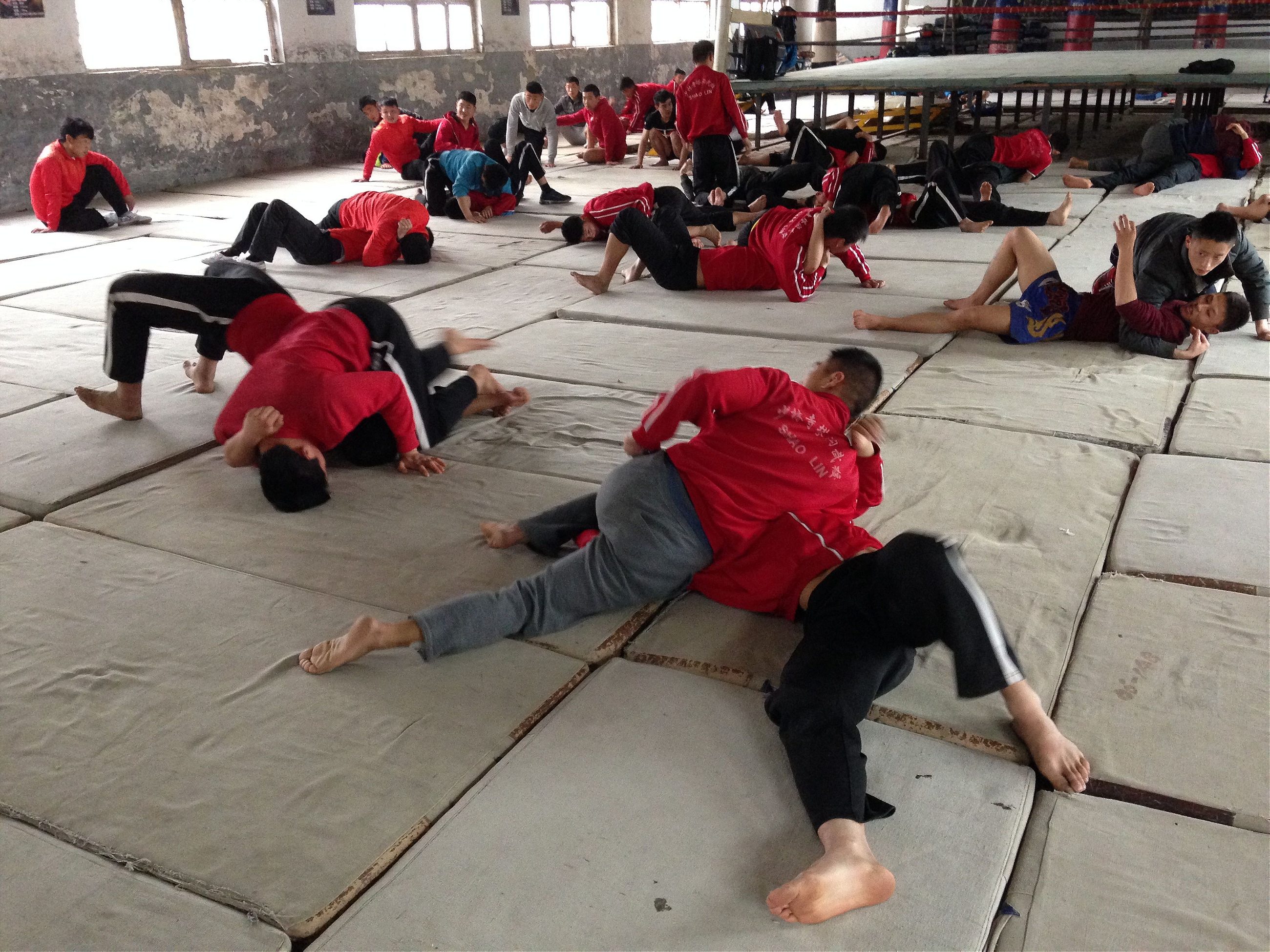
Chinese have an uneasy relationship with their national martial art: while kung fu is considered beautiful and traditional martial artists are widely respected, the practice is considered useless in the ring. It has also been tainted by commercialization; at the famed Shaolin Temple, for example, a facade of tradition hides a moneymaking machine that allows the abbot to drive luxury cars and travel the planet promoting the Shaolin brand.
Fighters working their way through the regional circuits scoff when asked if they practice kung fu. Although many began training wushu—the acrobatic performance art derived from traditional kung fu forms—as soon as they enter the ring, Chinese fighters realize that sanda, muay thai, and wrestling are much more effective.
This has meant a large-scale movement away from Chinese martial arts and toward foreign combat techniques. The Ultimate Fighting Championship is active in China, as are smaller MMA promotions, such as the Ranik Ultimate Fighting Federation (RUFF), China’s first nationally sanctioned MMA organization, and Singapore-based OneFC. Chinese who grew up watching the UFC as kids now have a legitimate chance at competing in the world’s most popular fight promotion.
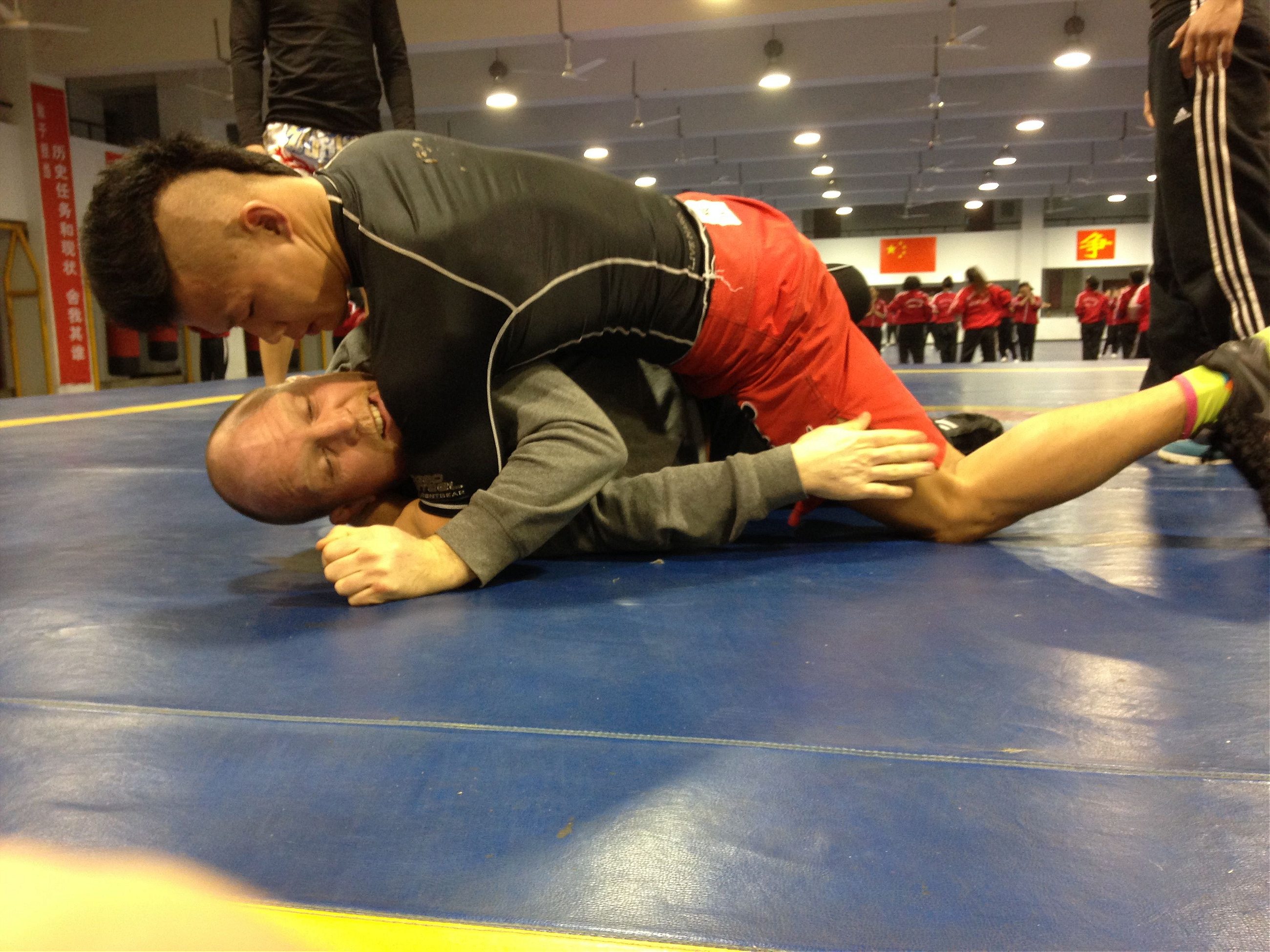
Local promoters are also trying to cash in on MMA’s boom. Small-time regional operations put on shows every month, attracting local sponsors and filling small stadiums to capacity.
Among the most successful is China’s Wulinfeng, a fight promotion named after the Chinese phrase wu lin (“martial forest”), which refers to the martial community at large.
Wulinfeng bills itself as a platform for Chinese kung fu to prove itself on the international stage, but most of the fights feature sanda practitioners pitted against muay thai fighters and kick boxers. Sanda is a simplified combat sport that has come under fire for diluting traditional kung fu. Nevertheless, Wulinfeng has a fan base of more than 40 million and is flush with cash. Top fighters can earn $50,000-$60,000 per fight. Wulinfeng is televised weekly on Henan Provincial Satellite Television in China, and has staged international shows in Las Vegas, Tokyo, and Dubai.
Traditional kung fu masters who have dedicated their lives to practicing are struggling to get by
As Wulinfeng and Sanda fighters flourish, traditional kung fu masters who have dedicated their lives to practicing are struggling to get by.
Emei Mountain is one of China’s four great Buddhist Mountains, rising 3,800 above the Chengdu Basin in Sichuan Province, and home to a once-flourishing martial arts tradition. Today there is not one single master who can lay claim to the tradition, and all that is left of their once mighty temple is a single, crumbling gate.
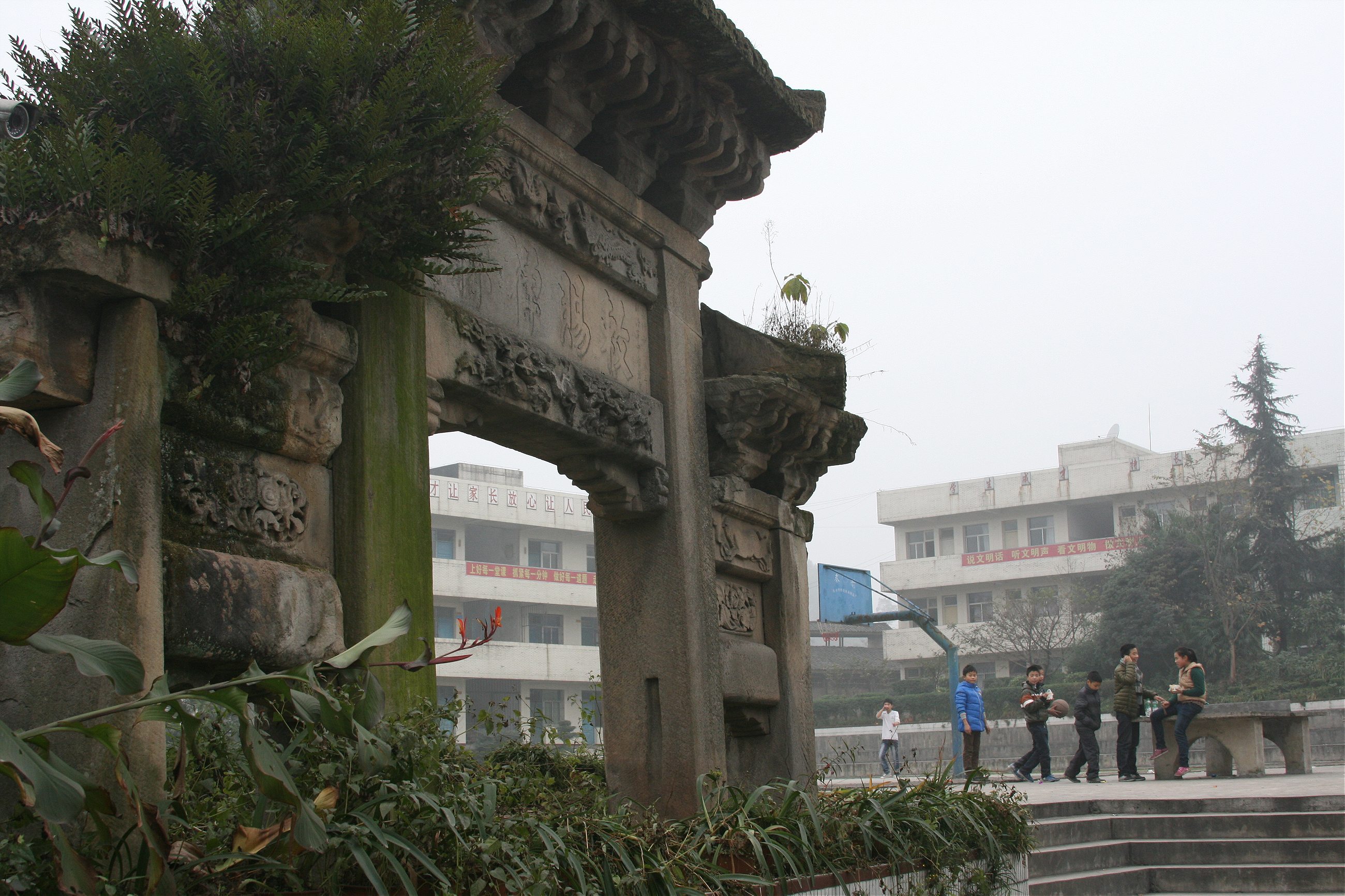
Zhang Shi Zhong teaches physical education at Emei No. 1 School, at the foot of the mountain. He is a hard looking man, with a flattened nose and old scars on his cheekbones. We meet in front of his school and head to a teahouse in the old part of town. The teahouse is a tiny unadorned concrete shell with wooden beams covered in plastic and corrugated aluminum keeping out the steady drizzle.
When Zhang walks in, everyone pays their respects. He may not have a school or any students, but everyone in this little town knows that he “has kung fu”—a term that commands respect.
We drink the local green tea, and Master Zhang tells me that the Emei style is on the brink of extinction. Only a few masters still practice anything resembling the original style, and they have no students. Many of them practice on their own and none of them has a complete knowledge of the system. According to Zhang, Hong Ya Temple, on the shoulder of Emei Mountain, held all of the written records of the style, which dates back to the Warring States period. But that temple was burned down during the Cultural Revolution, along with countless other temples in China.
Throughout Chinese history, governments have routinely supported, and then cracked-down upon, martial arts
But the Emei Style was already dead by the time the Red Guards showed up. Throughout Chinese history, governments have routinely supported, and then cracked-down upon, martial arts. In times of war, martial artists can be useful, but in times of peace, a powerful kung fu clan can be a liability. In the 17th century, as victorious Qing soldiers chased Ming dynasty sympathizers—mostly Han nobleman, Taoists, Buddhists, and martial artists—across the land, entire towns and traditions were uprooted and destroyed. Thousands of martial artists fled to Emei Mountain, deep in the interior of the country, and hid out in the folds of the mountains.
“A hundred different masters representing a hundred different styles came to mountains like Emei and became monks,” he says. “They then secretly taught a few students their secrets, only orally, and only at night or early in the morning. That was the first great scattering of the styles.”
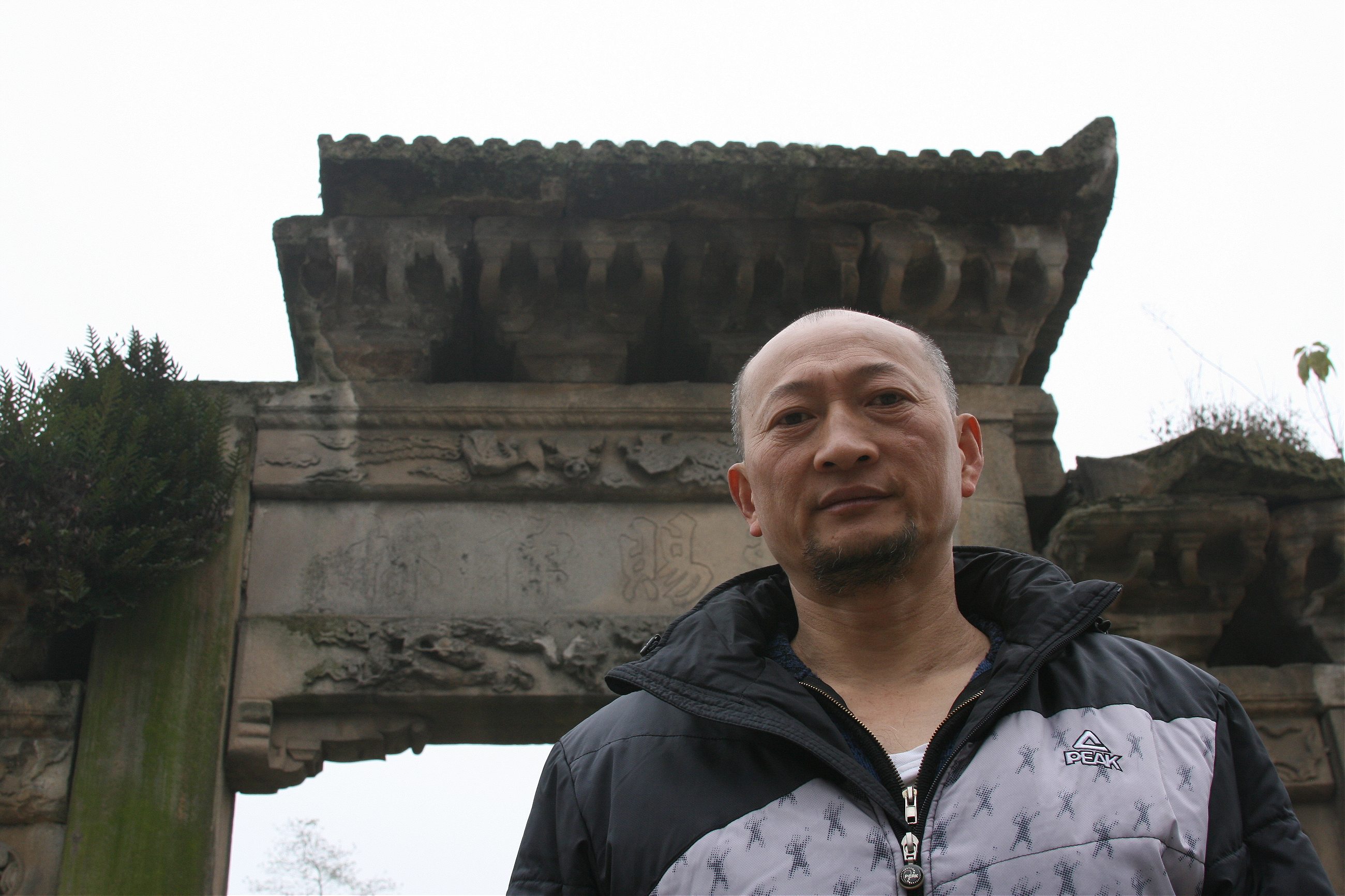
Since then it is hard to speak of any lineage in Chinese martial arts that goes back more than a century. Even those that can trace their lineage back have done so from abroad, safe from Communist purges. The connection between old and new has been broken, and so far the traditional kung fu masters have not yet figured out how to rebuild it.
“The old masters left nothing behind, and we are getting older, too. What little we know, no one wants to learn,” said Zhang, as we stood in the shadow of Hong Yan Temple’s last gate. “Kung fu is dying.”
“I am not really sure that ‘dying’ is the right metaphor for what is going on right now,” says Benjamin Judkins, a professor at the University of Utah and a martial arts scholar. “I would prefer to say that kung fu is ‘evolving’ in an almost Darwinian sense, with everything that this implies regarding competitive selection, differentiation, the development of new forms and the consolidation—or ‘extinction’—of some old ones.”

Ren Gang, Party Secretary of the Sichuan Wushu Association, would agree. Ren was a member of the first group of official wushu practitioners to emerge out of the Cultural Revolution with the mandate to re-introduce, re-discover, and revive the ancient art. His 1983 film, Little Heroes, influenced an entire generation of martial artists, including Li Quan and Zhang Shi Zhong.
“I watched that movie countless times as a child,” Li says. “Every kid wanted to be a kung fu master after they watched Little Heroes.”
Along with inspiring young boys to become kung fu masters, Ren also coaches the Sichuan Provincial Wushu Team and organizes fight events in small towns and cities across southwest China. His office hands out all belts and titles in the province. Any master who wants to open an official school, acquire land for a school, or compete in anything martial arts related has to receive approval from Ren or one of Ren’s associates. He is also a part owner of a company that plans to establish ultra-high end Tai Chi-themed spas similar to Taiji Zen, a boutique martial arts concept started by Jet Li and Jack Ma, the billionaire founder of the Alibaba Group.
“History always moves forward and some things are lost and some things remain,” Ren told me. “If you are useful, you will remain, if not, you will disappear.”
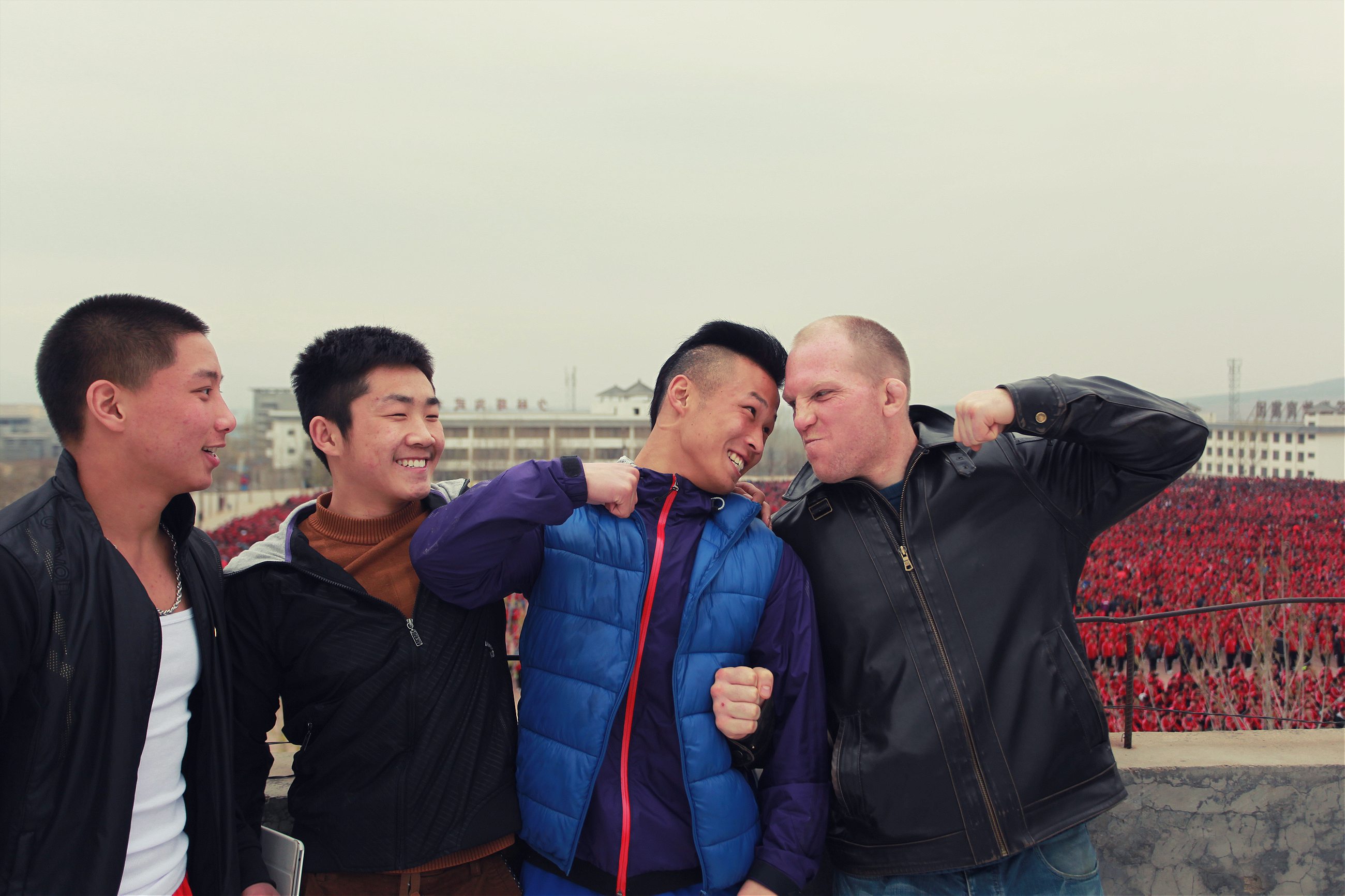
For Ren, the old traditionalists are dinosaurs unable to wake up to reality. Specialization is the key. Sportification is the trend. The romantic ideal of the old kung fu master passing on his secret wisdom to a select few disciples has no place in the modern world, where “secret manuals” written by 19th century Chinese masters are available in online PDFs and iPhone apps allow anyone to study and practice tai chi sword forms.
Today, most traditional kung fu is either supported by the government’s Wushu Associations or in a state of steady decline. Hundreds of schools have disappeared or moved abroad in the last century, and those that have remained serve the interests of the state. For China’s leadership, a controlled and patriotic Buddhist tradition combined with a manufactured martial lineage going back into legend is a great tool for keeping public order.
Regional circuits in China still fix fights on a regular basis, but there is no place for that in MMA
The Chinese have realized that the health and vitality of their martial tradition demands an international presence. But the Chinese state has a hard time putting together a soft power package that could promote the country’s martial traditions abroad, while still maintaining control. Bombastic yarns about a 5,000-year-old martial arts heritage, fixed match scandals, and the poor showing of Chinese fighters on the international stage has the fight community unconvinced that China can produce its own elite fighters.
So the Chinese are looking abroad for help. The UFC held its The Ultimate Fighter: China event in Macao in March, which led to several Chinese fighters gaining contracts for at least three fights on a UFC card. That has led to an increase in private gyms offering MMA training, but more importantly, MMA’s entry into the Chinese market has also had an impact on the Chinese combat sports system.

Regional circuits in China still fix fights on a regular basis, but there is no place for that in MMA. The sport itself requires a fighter to be effective in the ring, and the fan base—no matter what country they are from—is accustomed to authentic fights. China’s powerful sports universities, the first line in the combat sports industry in China, are slowly establishing MMA training camps, hiring foreign coaches to help their fighters along, and allowing their Sanda-trained fighters to foray into the MMA scene.
MMA is fascinating in that it breeds a certain type of hungry fighter
For the industry itself, and for the fighters as well, profit is the primary motivation. But MMA is fascinating in that it breeds a certain type of hungry fighter. Chinese athletes who choose MMA are choosing the hard road. A typical Sanda fighter will have his room and board provided for, as well as regular fights (and therefore a steady paycheck), and the best of them have chance to compete for cash at the National Games, or at the annual China Central Television-sponsored fight event, or even Wulinfeng. MMA does not hand out that kind of paycheck, and yet more and more Chinese fighters are choosing that road. It’s not just about money for the new generation of Chinese fighters, it’s about the dream to be the best, and that is a big change for Chinese martial arts.
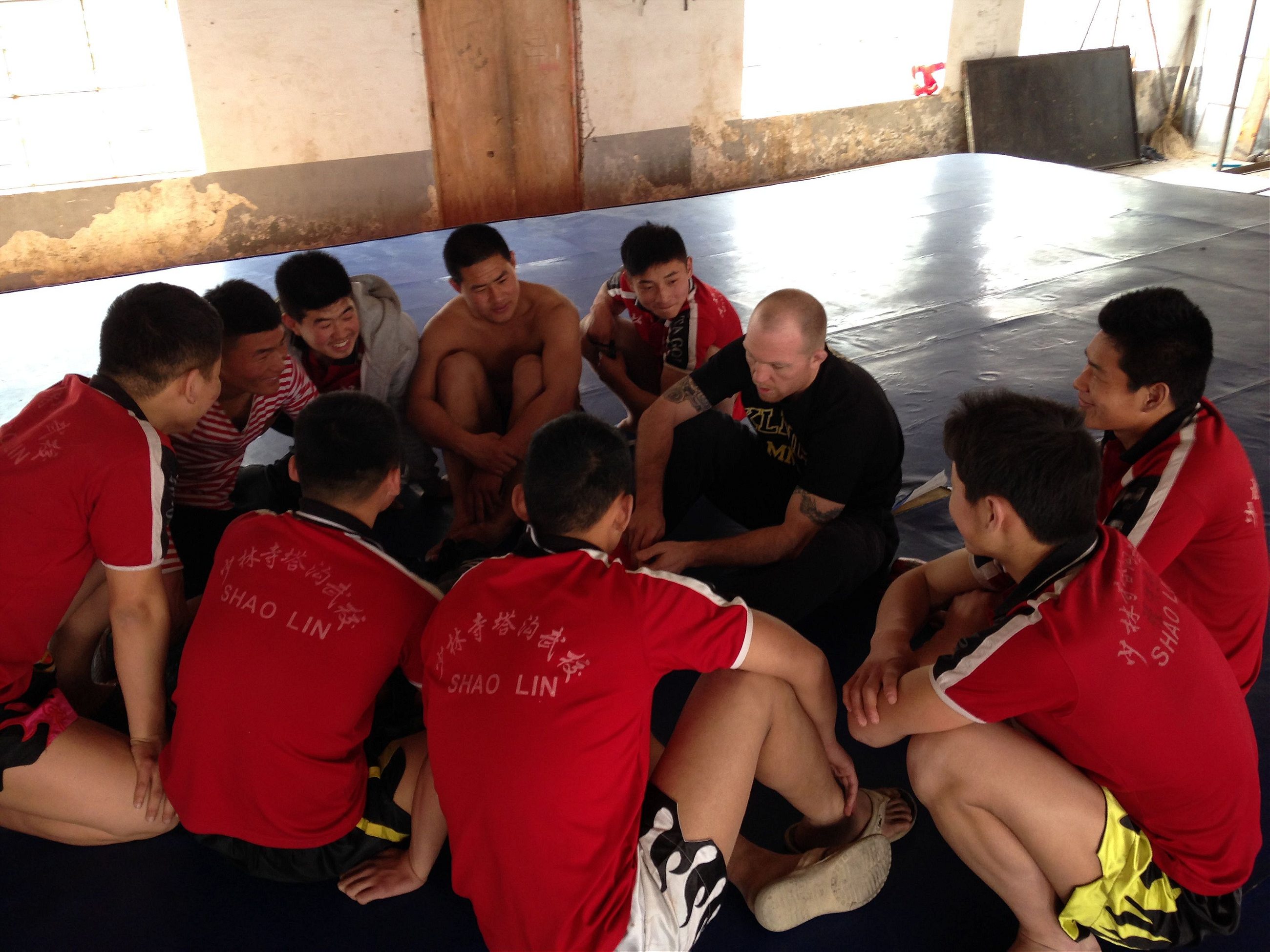
At the same time, foreign fighters and coaches are moving to China to compete on the regional circuit—although sometimes just in sham fights with Chinese fighters—and to coach the young Chinese Sanda athletes who dream of making it big on the world stage. The exchange is interesting not just because of a Chinese fighter who sucks up enough jiu jitsu moves in three months to submit his next opponent, but also because mixed martial artists from abroad are teaching local fighters and their coaches how to train scientifically, how to include nutrition into their training, and how to constantly innovate.
Perhaps even more telling, the UFC light heavyweight champion Jon Jones recently displayed some Chinese techniques in his victory over Glover Texeira, and Li Jingliang, a well-known fighter in the China MMA world, recorded the first victory for a Chinese fighter in the UFC last month. Foreigners coming to China, with a fascination for kung fu and a scientific approach to training, may provide a fresh look into an old art. In fact, the arrival of mixed martial arts—with an ethos of innovation and authenticity—may do more for the revival of traditional kung fu in China than all of the state-sponsored programs combined.